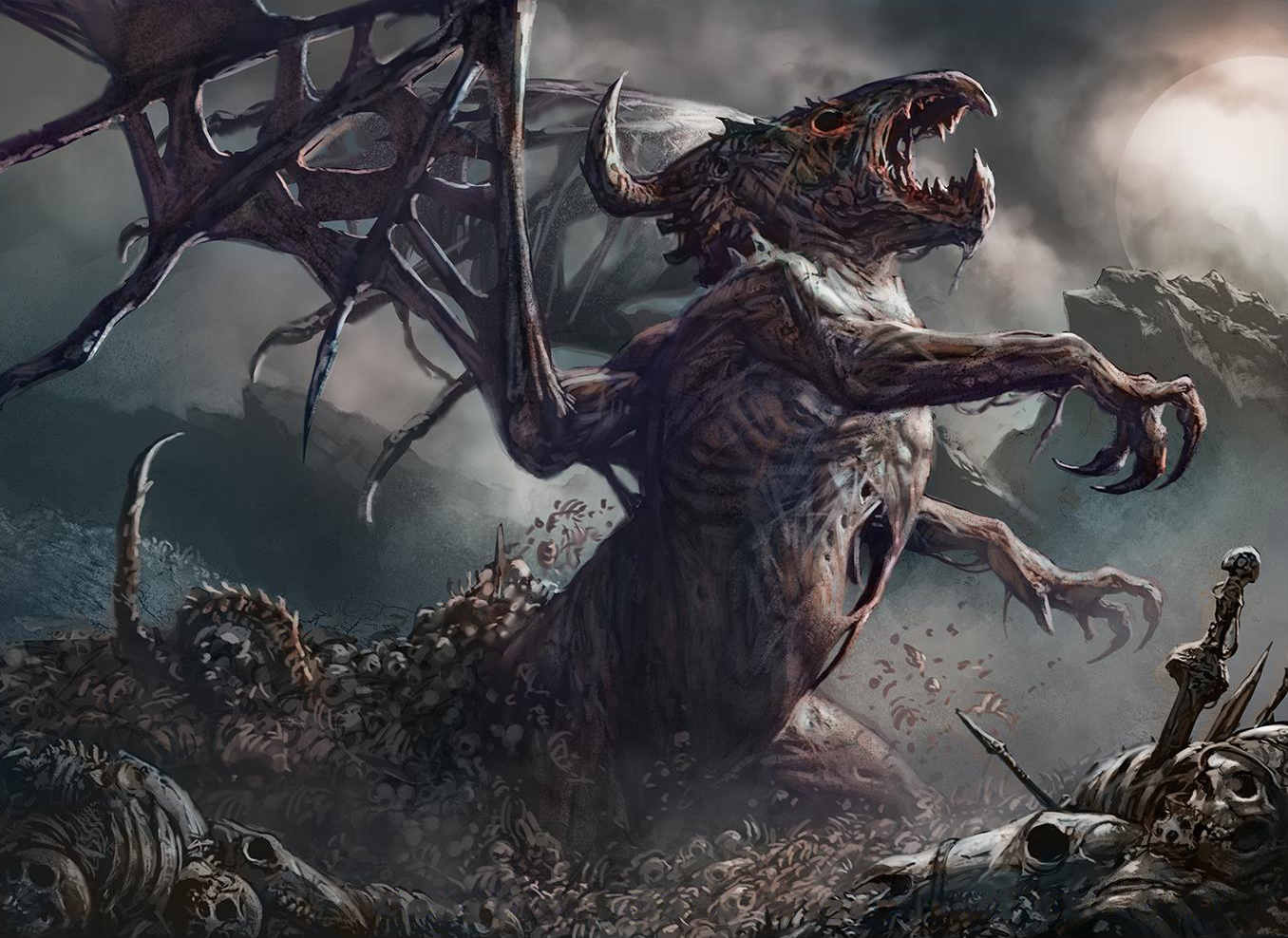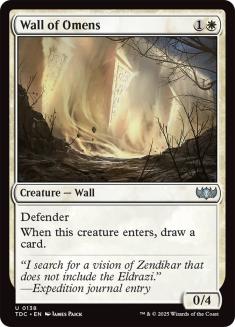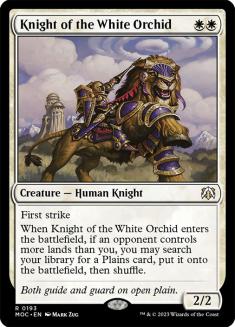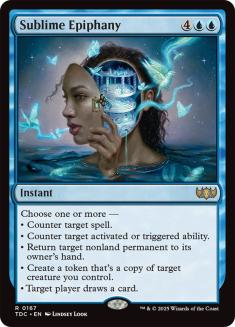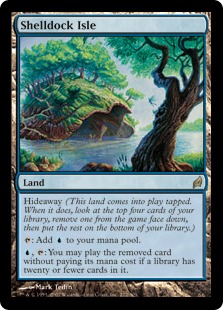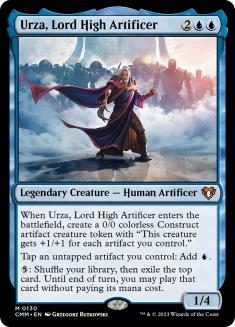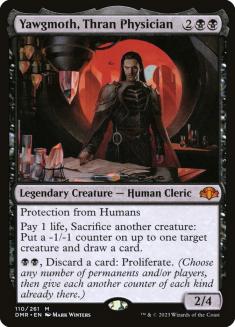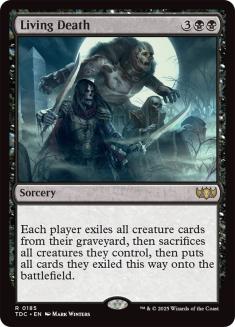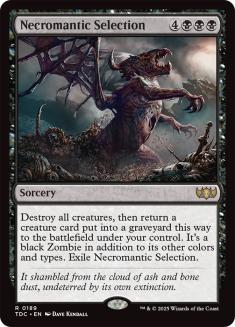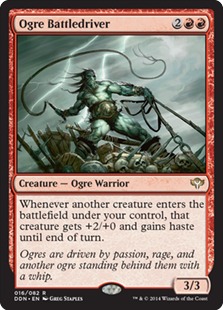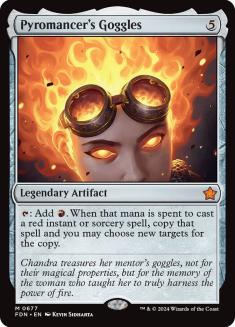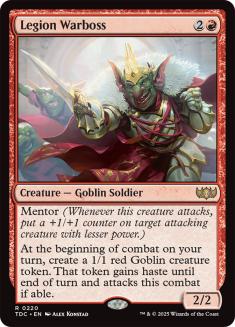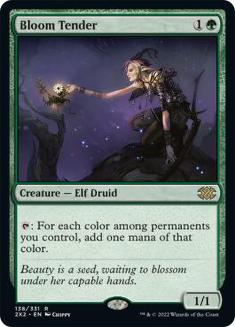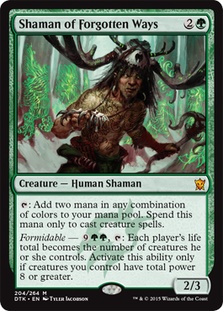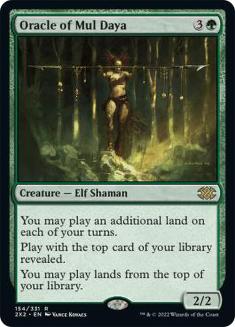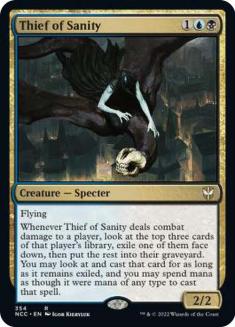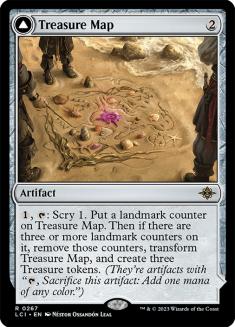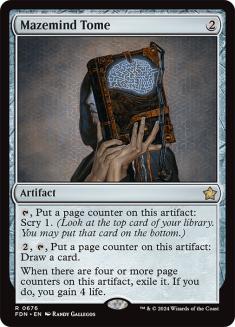Constructed Magic got you down? Are you having nightmares of your opponents cascading into Tibalt, Cosmic Impostor? Well, David McDarby’s Spotlight Cube is back on Magic Online (MTGO), so it’s time to shake those nightmares and Live the Dream!
This will be the Live the Dream Cube’s second MTGO run, and you can find McDarby’s thoughts on the Cube here. I’ve ported the card list over to Cube Cobra for a better visual representation of the cards in the Cube as well. And now for the part where I tell you how I’d approach drafting.
McDarby’s goal with Live the Dream Cube is generating games that have the big, splashy feel of Commander, and the way the mana curve of the Cube has been curated definitely lends itself to this. The first thing to notice is that there are very few one-mana cards in the Cube, so traditional beatdown decks just aren’t going to work here. The subtext of this is that cheap cards that accelerate mana or help smooth out draws are going to be at a premium, which is just generally true of most Cubes but is even more pronounced here.
Beyond that, a number of the cards that end up being duds in other Cubes due to needing some time to set up that won’t generally be available will start to shine in Live the Dream Cube. Felidar Retreat has had a shot at being a last pick in Vintage Cube this year, but the returns you get from landfall abilities are much higher here considering that games are just going to take more turns on average.
With those general principles in mind, let’s talk about how I would approach drafting each color in Live the Dream Cube.
White
White is a pretty funny color when it comes to Cube, because there’s really only so much you can do with white cards. If you only looked at the white column, you might not be able to pick up on exactly what kind of Cube you’re looking at, with the heavy saturation of five-drops and dearth of one-drops being the only clues that anything out of the ordinary is happening. You see quite a lot of Cube staples present, including Oblivion Ring and Elesh Norn, Grand Cenobite. Even the best white card yet printed in Thraben Inspector makes an appearance!
You can never go too wrong with any flavor of Elspeth, so there’s no need to wax poetic there, but there are a few types of cards featured here that will make drafting white notably different from in other Cubes.
The difference in sweepers is going to be a big one. Wrath of God has been eschewed, presumably so players can more often build wide battlefields, with Martial Coup and Austere Command filling that role — the former for its synergy with token strategies and the latter for the ability to answer artifacts and enchantments (of which the Cube has many powerful options). This setup makes casting four- or more-mana creatures that don’t generate immediate value more attractive and should inform your drafting, deck construction, and play significantly.
Wall of Omens and Knight of the White Orchid are two cards that I don’t normally endorse for Cube that punch above their weight class here. Most early turns are going to be spent developing mana and doing little else, so you’ll more often be perfectly fine with anything that cantrips and you’ll be more likely to be fine waiting to cast Knight of the White Orchid until it gets a land. Additionally, both cards are made better by the bevy of blink effects, which upgrades them from medium-bad to medium-good.
I mentioned Felidar Retreat as a slower engine card that’s much stronger in this Cube than usual, and there are a few more white cards of this nature worth pointing out. God-Eternal Oketra, Divine Visitation, Anointed Procession, and Angel of Serenity are all cards that perform poorly in higher-powered environments due to high mana costs or the need to take a turn off to get them online, but they have significantly more room to breathe in Live the Dream Cube.
Blue
Blue and green are the most powerful colors in Commander. Blue and green are the most powerful colors in most of the MTGO Cubes. I can’t say I’m surprised that blue and green appear to be the two most powerful colors in Live the Dream Cube. Blue lets you draw extra cards, take extra turns, and even steal your opponent’s stuff! All of these effects are generically powerful and they get more powerful when you don’t expect to get run over by Jackal Pups.
You won’t find anything with the raw efficiency of Ponder or Counterspell, but blue still offers a good spread of well-cost card selection and interaction. Sublime Epiphany has felt like a knockout in Modern Cube and I’m sure it will be no different here.
Shelldock Isle and Urza, Lord High Artificer are two heavy hitters in Vintage Cube, so I’m a bit surprised to see them in the list, and you’d have a hard time convincing me to pass either. Arcane Artisan was recently removed from the MTGO Vintage Cube, but it’s another one that I used to happily play there and would do so even more happily here. Some of the best creatures to cheat in, like Emrakul, the Aeons Torn, are absent from the environment, and a number of the large creatures in the Cube like Apex Devastator aren’t all that thrilling to cheat in, but I’ll take a shot at a Turn 4 Myr Battlesphere any day.
Spell Swindle is my pick for the card in the Cube that does the best job of porting over the Commander experience. It doesn’t show up in other formats, it costs a lot of mana, and you will lose when your opponent casts it. It’s not literally Mana Drain, but the high average mana cost of the Cube makes Spell Swindle incredibly punishing.
Midnight Clock and Savor the Moment are what I imagine will be the two biggest sleepers in blue. In the context of a slower format, a three-mana spell that nets you a land drop or a mana rock is perfectly acceptable. These cards offer that as their floor, with one offering additional uses of planeswalkers and other once-per-turn effects as a ceiling and the other offering a draw-seven later in the game. You’ll have a lot of looks at the powerful five- or more-mana effects in this Cube, and I’d pretty easily take these cards over the overwhelming majority of them.
Black
Black supports some pretty cool strategies in Live the Dream Cube, though I firmly believe it to be the weakest color. The tutors are on the inefficient side, at which point it’s generally preferable to just play spells that impact the battlefield more or generate card advantage, and discard is hurt pretty badly by the nature of the format being driven to long games. Not only are Appetite for Brains, Despise, and Divest much weaker than the more commonly played one-mana discard spells, they’re also more unlikely to matter in this Cube given that both players will generally have a pretty high saturation of haymakers.
Similar to the problem with the discard in the Cube, creature removal is going to be less relevant in this environment than just winding up and making your own threats. I’m sure there will be good spots for Heartless Act, but I wouldn’t pick that sort of effect very highly.
I expect to play black mostly for gold cards or a small selection of haymakers. Yawgmoth, Thran Physician; Living Death; and Necromantic Selection are the big standouts for me, and I could see Rankle, Master of Pranks performing very well, too.
The self-mill decks with Spider Spawning and/or some reanimation effects seem fun and reasonably powerful, but I only intend to pursue them if I get some of the very best black cards early. I am not about to move in on Carrion Grub.
Red
Red is really different in this Cube, which is first evidenced by the complete lack of one-mana creatures. There are aggressive creatures in the Cube, but they’re there to facilitate big turns in the late-game. Ogre Battledriver is one of those cards that has a lot of untap-and-win potential that is generally outclassed by the other red four-mana cards in other Cubes but gets a chance to shine here.
If there is a mono-red deck in this Cube, then it’s probably powered by Pyromancer’s Goggles, but for the most part red looks like a support color for other colors that intend to cast big creatures and/or big spells. Cards like Ilharg, the Raze-Boar; Lukka, Coppercoat Outcast; and Mizzix’s Mastery that directly let you cheat on mana are going to be among the most powerful red cards, and cards like Zealous Conscripts and Terror of the Peaks will also pack a huge punch with the sorts of creatures that will be showing up in games.
I imagine that a nonzero number of players will try to land a fast Legion Warboss and steal a game, but I’d advise against going out of your way to play a deck full of cheap creatures in this Cube. Your card quality is going to be lower than your opponents’, and there’s actually a decent amount of cheap removal available, too. I do think that Legion Warboss and Seasoned Pyromancer are strong in this Cube, but I’m more interested in pairing them with token synergies than I am in leaning on them to close a game on their own.
Red has a healthy sampling of the sorts of cards that traditionally take too much setup in Cube that are going to perform much better in this environment. Double Vision, Pyromancer’s Goggles, and Fiery Emancipation all seem like solid ways to layup into huge effects. I don’t expect to ever play Tibalt’s Trickery in this Cube. I do, however, expect Generator Servant to be a reliable way to power out large haste threats.
Ultimately the best thing I have to say about red in Live the Dream Cube is that it looks like it plays really well with both blue and green, and I expect to end up playing Temur, four-, or five-color a good amount of the time.
Green
I’ll take as much fast mana as I can get in this Cube, and green isn’t lacking in that department. Llanowar Elves is at as much of a premium as ever, there’s quite a lot of two- and three-mana ramp, and even I can endorse Primeval Titan in this environment.
Bloom Tender? Busted. Shaman of Forgotten Ways? Busted. Oracle of Mul Daya? You’d better believe that’s busted!
You have great mana acceleration and great cards to accelerate into. You won’t be able to Natural Order into a Craterhoof Behemoth, but you will be able to cast Avenger of Zendikar and End-Raze Forerunners. Green is the most true to its traditional form here out of all the colors.
Green has a few of the big payoffs that you don’t see in other Cubes as well, including but not limited to Doubling Season and Parallel Lives, though I’m a little colder on these sorts of effects specifically for the green decks. Green is much more capable of just getting a lot of mana and doing whatever, so I’d rather have a solid curve of ramp and payoffs instead of also peppering in setup cards for the payoff cards, but there are definitely a lot of sweet things you can do if you do go the Doubling Season route.
Gold Cards
The most important thing to note about gold cards in this Cube is that mana-fixing lands and Signets are available aplenty, and you should check your reservations about committing to gold cards at the door. The higher average CMC of the Cube is yet another reason to value gold cards more highly, as there’s a good chance that you’ll want to play eighteen lands in more of your Cube decks than usual.
In particular, if one of the colors in a gold card is blue or green, there’s a good chance you just want to play those colors anyway. I’d take Thief of Sanity over every black card that costs three or less in this Cube.
There are more three- or more-color cards and specifically more five-color cards in Live the Dream Cube than most Cube environments, and while I’d take a Signet over most of them, I would not be averse to first-picking many of them. Golos, Tireless Pilgrim strikes me as a home run, and I wouldn’t think twice about slamming an early Omnath, Locus of Creation.
Artifacts
The majority of the artifact column in Live the Dream Cube is very powerful. A lot of it is mana ramp, which you’ll want to draft as much of as you can get, and then beyond that stuff like Wurmcoil Engine and Myr Battlesphere can still hang with most of the six- and seven-mana stuff that exists.
Draft artifact mana early and often. Don’t sleep on Treasure Map and Mazemind Tome. There’s nothing too fancy to report here; artifacts are just good.
Lands
We’ve got dual lands, fetchlands, trilands, even bouncelands. What we don’t have are Wastelands. Considering the lack of Wasteland and the fact that decks in the Cube will generally be very mana-hungry, bouncelands actually seem solid. Dryad of the Ilysian Grove with bouncelands is particularly nice.
Some folks just take lands over everything in Cube anyway, and they should keep to that. For me, I’ll be drafting lands higher than normal, in no small part to keep the option to play five-color decks open. My very rough pick order for Live the Dream Cube is ramp, lands, and then payoff, as opposed to my Vintage Cube pick order of busted cards, ramp, then lands.
In some ways Live the Dream Cube is a Cube experience like no other, and in other ways it’s a presentation of the fundamentals you see in other Cube environments, just on a larger scale. At any rate, the Cube offers the opportunity to play with a lot of cards that you wouldn’t normally see in Cube, and I hope you all enjoy your week of drafting it.

